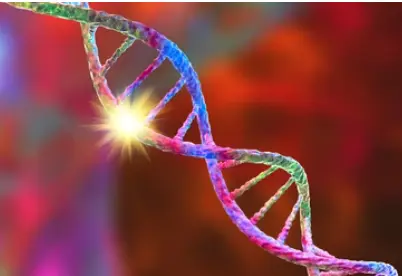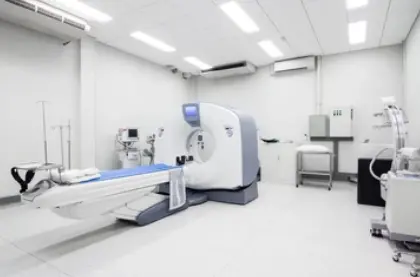 Welcome
Welcome
“May all be happy, may all be healed, may all be at peace and may no one ever suffer."
- A
- B
- C
- D
- E
- F
- G
- H
- I
- J
- K
- L
- M
- N
- O
- P
- Q
- R
- S
- T
- U
- V
- W
- X
- Y
- Z
Hairy cell leukemia - Generics
Hairy cell leukemia (HCL) is a rare type of cancer that affects the blood and bone marrow. It is a type of chronic lymphocytic leukemia (CLL) that gets its name from the hair-like projections on the surface of the cancerous cells when viewed under a microscope.
The cause of HCL is not yet known. It is more common in men than women and typically affects middle-aged to older adults.
Symptoms of HCL may include:
- Fatigue
- Weakness
- Recurrent infections
- Bruising or bleeding easily
- Enlarged spleen or liver
- Abdominal discomfort or fullness
- Loss of appetite and weight loss
Diagnosis of HCL involves a physical exam and blood tests to assess blood cell counts and look for abnormalities in the cells. A bone marrow biopsy may also be performed to confirm the diagnosis and determine the extent of the disease.
Treatment for HCL typically involves chemotherapy drugs, such as cladribine or pentostatin, which are highly effective in treating the disease. Other treatments may include immunotherapy, which uses drugs that target specific proteins on the surface of cancer cells, or surgery to remove the spleen.
With proper treatment, many people with HCL are able to achieve long-term remission and maintain good quality of life. However, the disease can sometimes recur or progress to a more aggressive form of leukemia.
If you suspect you may have HCL, it is important to seek medical attention promptly to ensure proper diagnosis and treatment.

B-vitamins and Zinc defic...

Agitation

Hereditary hemorrhagic te...

Melanoma

Rabies

Rheumatism Strains

Furuncles

X-ray imaging
Hairy cell leukemia, হেয়ার সেল লিউকেমিয়া
To be happy, beautiful, healthy, wealthy, hale and long-lived stay with DM3S.